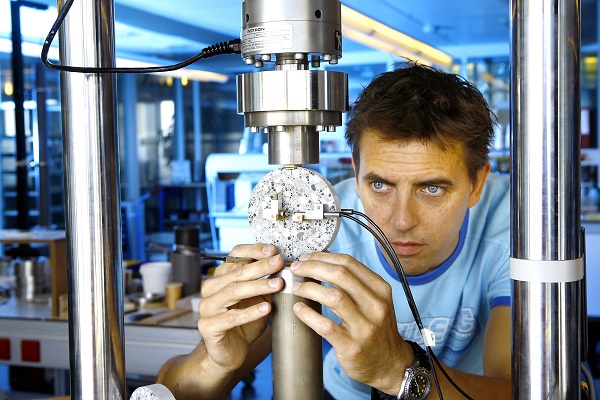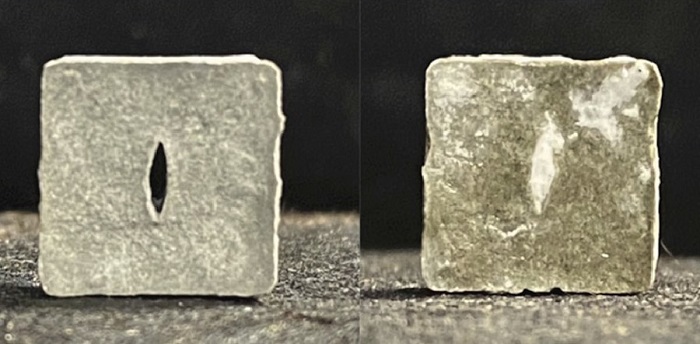Revolutionizing Construction: The Rise of Self-Healing Concrete Technology

The concept of self-healing concrete originated from the pursuit of creating more durable and sustainable construction materials. The technology was developed over several years, with researchers exploring various methodologies to enhance concrete’s natural ability to heal cracks. Early research focused on using bacterial action or embedding healing agents within the concrete. This innovative approach aimed to address the common problem of concrete deterioration due to environmental exposure and load stresses.
Over time, significant advancements were made, leading to more efficient and effective self-healing mechanisms. The breakthroughs in this field have been driven by a growing need for more resilient infrastructure and the push towards reducing maintenance costs and increasing the longevity of concrete structures.
How Self-Healing Concrete Works
Biological and Chemical Mechanisms
Self-healing concrete utilizes biological and chemical processes to repair cracks. One method involves embedding bacteria within the concrete, which, upon contact with water, activates to produce limestone, thereby filling the cracks. Another approach is using microencapsulated healing agents that rupture when a crack forms, releasing a substance that solidifies to seal the crack.
Current Applications of Self-Healing Concrete
Self-healing concrete technology is currently being applied in various construction projects, including bridges, roads, and buildings. Its use in infrastructure projects helps in reducing maintenance costs and extending the life of structures. In areas prone to environmental stressors, such as coastal regions, self-healing concrete offers enhanced durability.

Potential Future Uses of Self-Healing Concrete
The potential applications of self-healing concrete extend beyond current uses. It holds promise for use in high-traffic areas like airports and highways, where maintaining structural integrity with minimal disruption is crucial. Additionally, its application in constructing residential buildings and commercial complexes could revolutionize the building industry, making structures safer and more sustainable.
The Future Outlook of Self-Healing Concrete Technology
The future of self-healing concrete looks promising, with ongoing research focused on enhancing its efficiency and cost-effectiveness. As the technology matures, it is expected to become a standard in sustainable construction, contributing significantly to the development of smart and resilient cities. The continued innovation in this field represents a significant step towards more sustainable and environmentally friendly construction practices.
